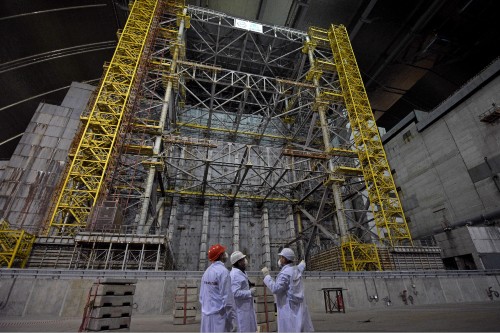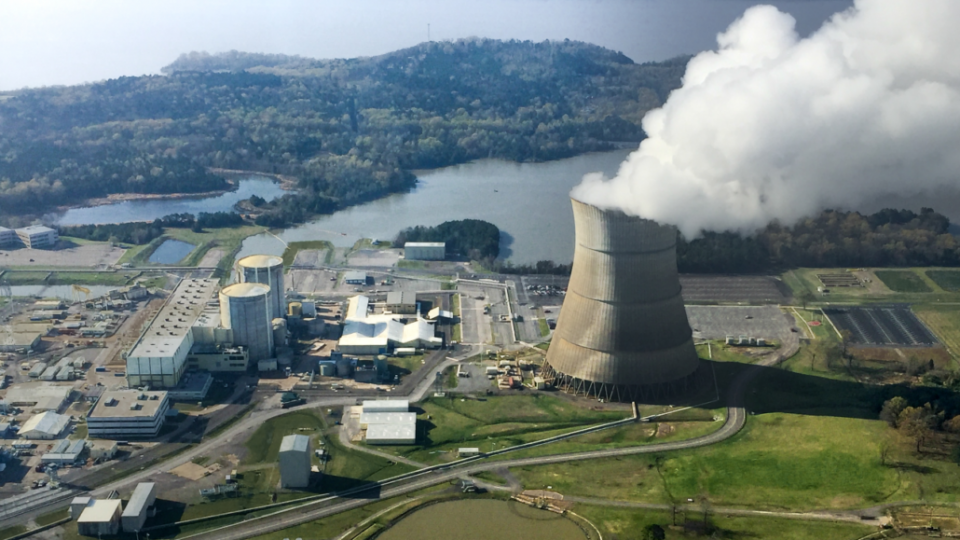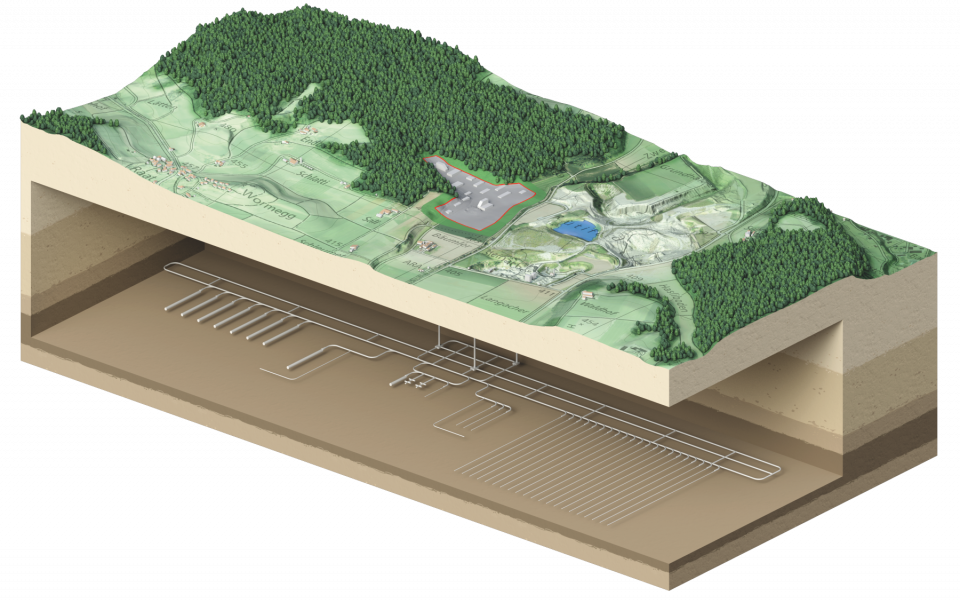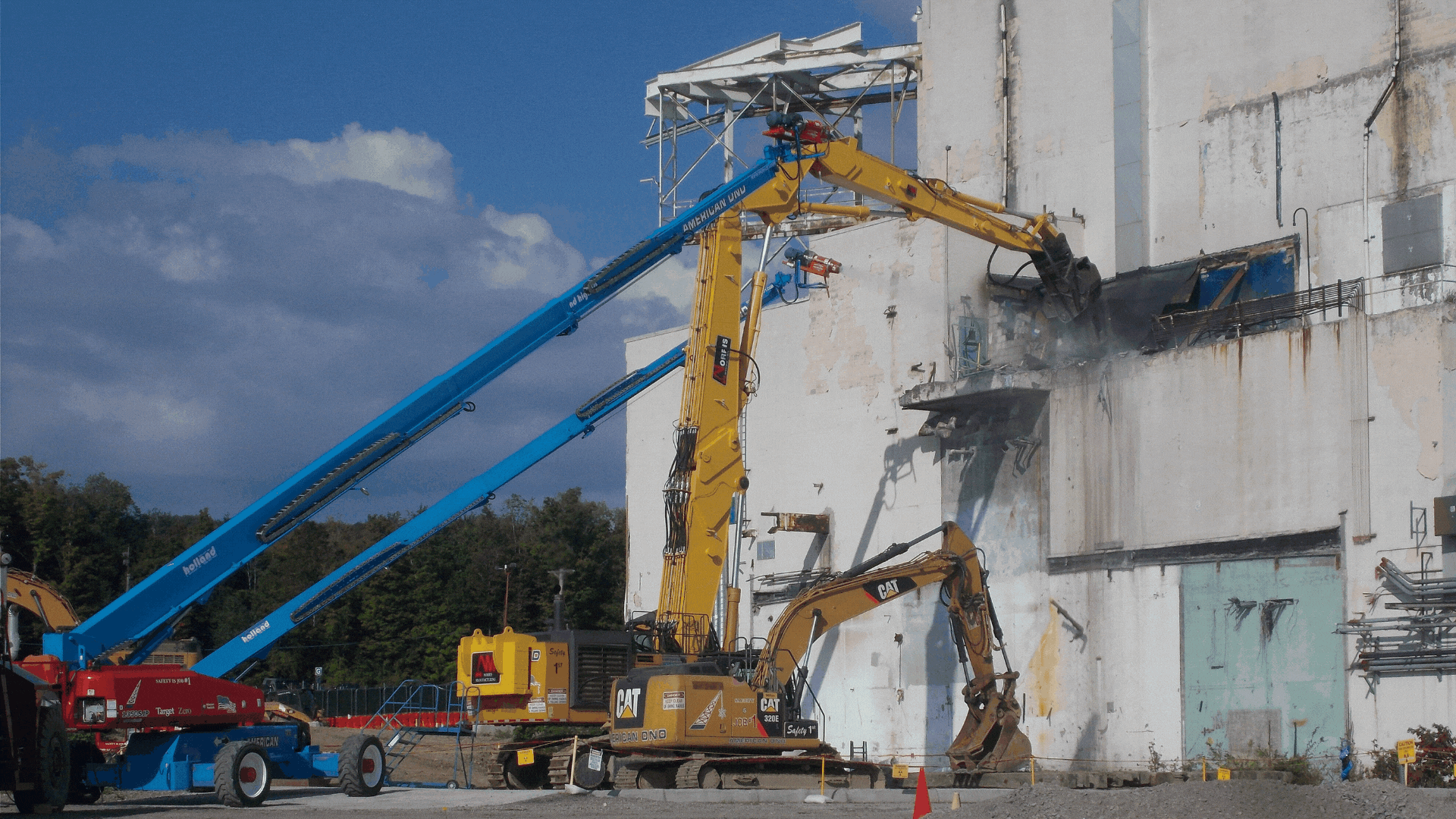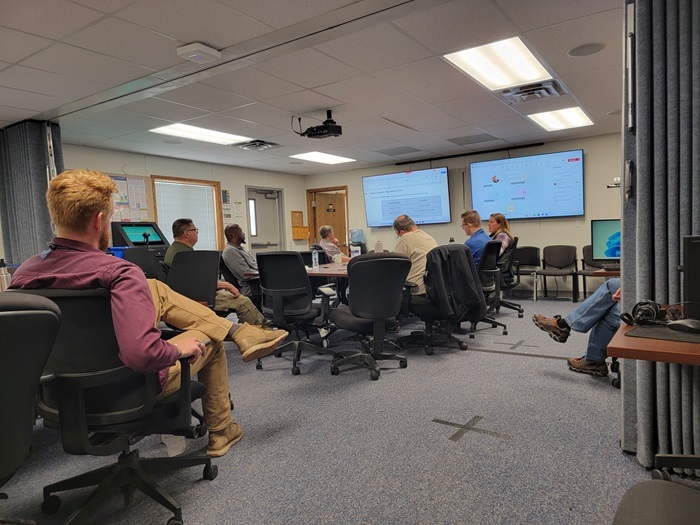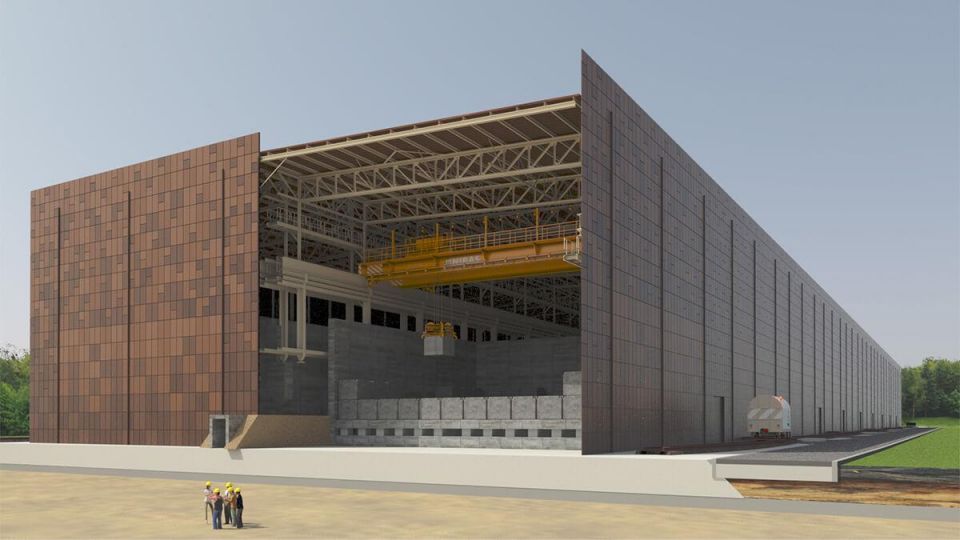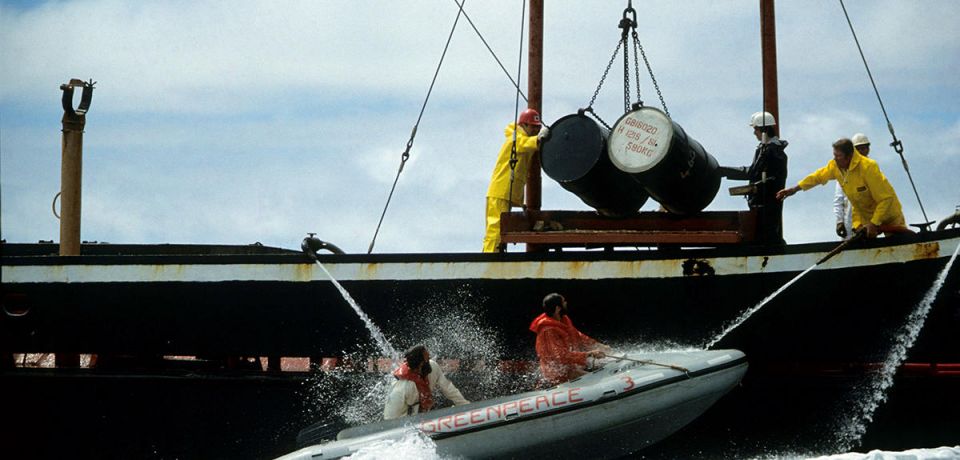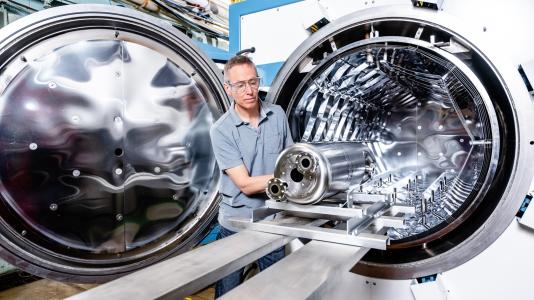Inside the New Safe Confinement covering the sarcophagus of Chernobyl’s Unit 4. (Photo: SSE Chornobyl NPP)
A team of scientists from the United Kingdom’s University of Bristol were given access to the Chernobyl nuclear power plant in Ukraine, advancing a project to train robots and artificial intelligence systems to measure radiation and create 3D maps.
A slideshow of the team’s visit to Chernobyl’s Unit 4 control room and New Safe Confinement structure, where they deployed radiation mapping and scanning sensors, including a LIDAR-equipped robot call Rooster, appears on Gizmodo.
Mapping the hazards: According to the University of Bristol, the deployment was the team’s fourth visit to Chernobyl and follows the signing of a memorandum of understanding in early 2021 between the university and the Ukraine National Academy of Science’s Institute for Safety Problems of Nuclear Power Plants. The U.K.’s Robotics and AI in Nuclear (RAIN) research consortium funded the visit.
At Chernobyl, the team explored the value of autonomous and semiautonomous radiation mapping systems in high-radiation environments. By deploying these systems in the Chernobyl Exclusion Zone and at the reactor site, researchers were able to better define the location and amount of residual radiological hazards.
The team’s latest deployment coincides with the site’s gaining licensing permissions to begin remote dismantling of the sarcophagus, followed by retrievals and packaging of the vast volumes of reactor core debris. It is expected that during the decommissioning, radioactivity levels and distributions will change on a very regular basis, necessitating a suite of robotically deployed scanning technologies that can quickly define how the hazard is changing.
They said it: “To actually venture inside the control room of the failed reactor was a tense and yet exhilarating experience,” said Tom Scott, lead researcher from the University of Bristol and co-director of RAIN. “The team did a fantastic job of deploying our systems quickly and in challenging conditions. It’s a huge reward after months of hard work and planning to know our technology performs well in real nuclear environments.”
Peter Martin, from Bristol’s Interface Analysis Centre and a Royal Academy of Engineering Research Fellow, said, “Entering the Chernobyl nuclear power plant is far from trivial, and in order to practice for the deployments, we were allowed to deploy the sensing technologies in reactor Unit 3 and the control room of Unit 4 before venturing inside the New Safe Confinement. We were very pleased that the systems performed exactly as expected, recording excellent data that we can quickly construct 3D digital representations from.”
